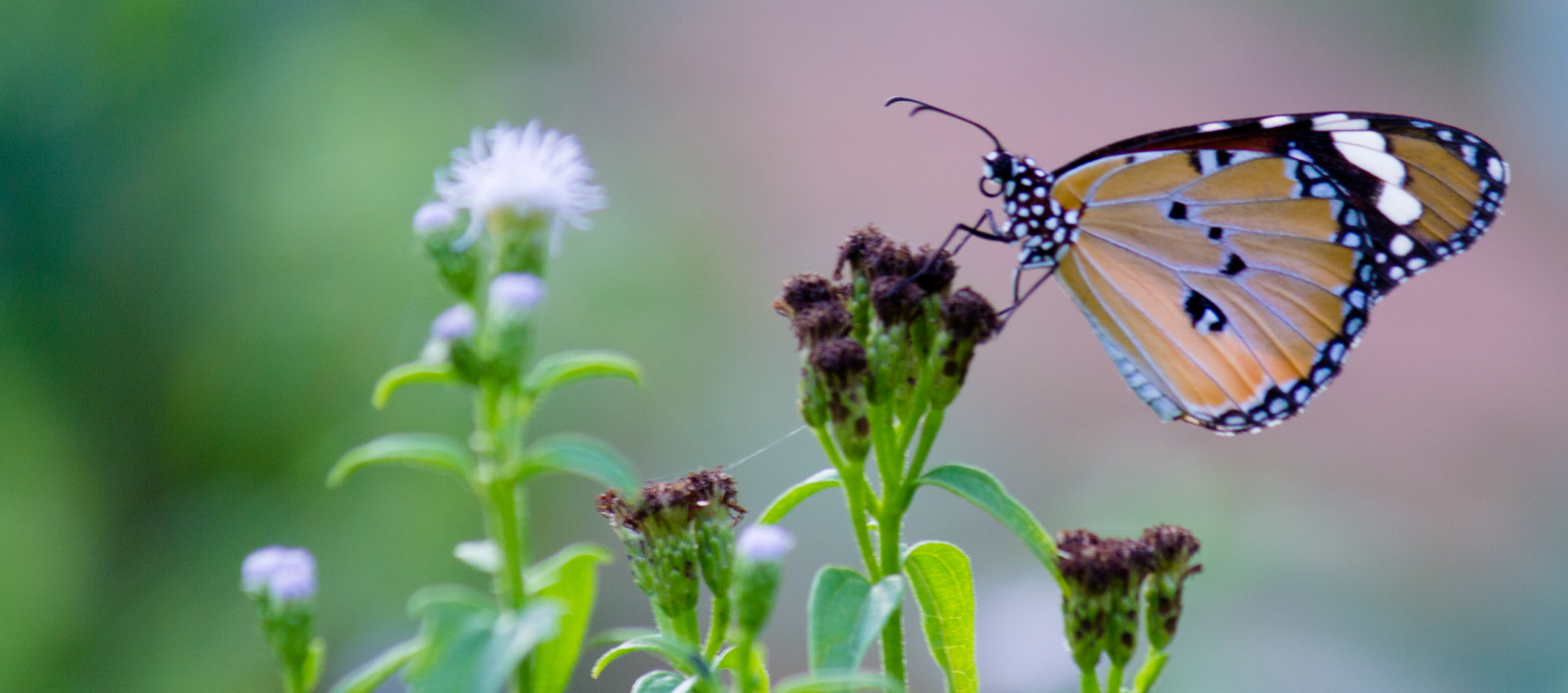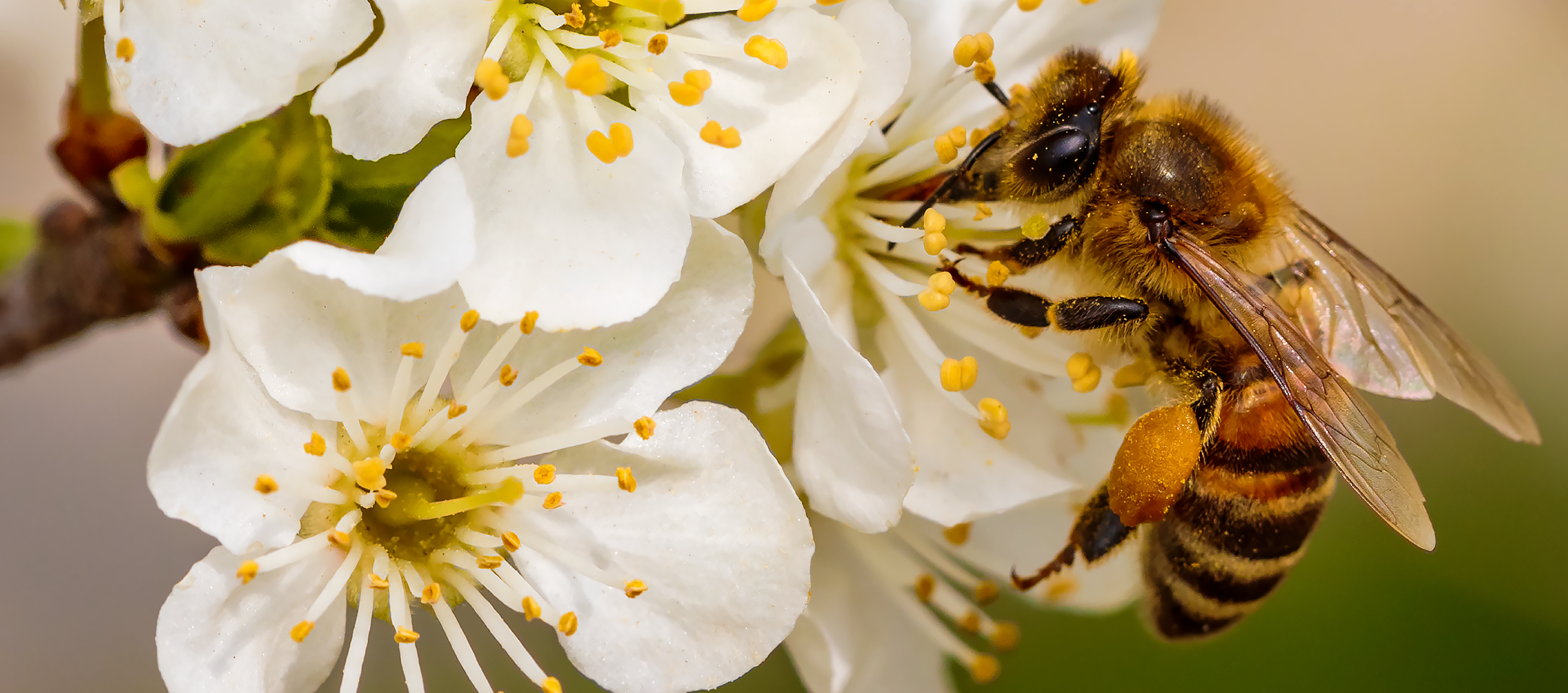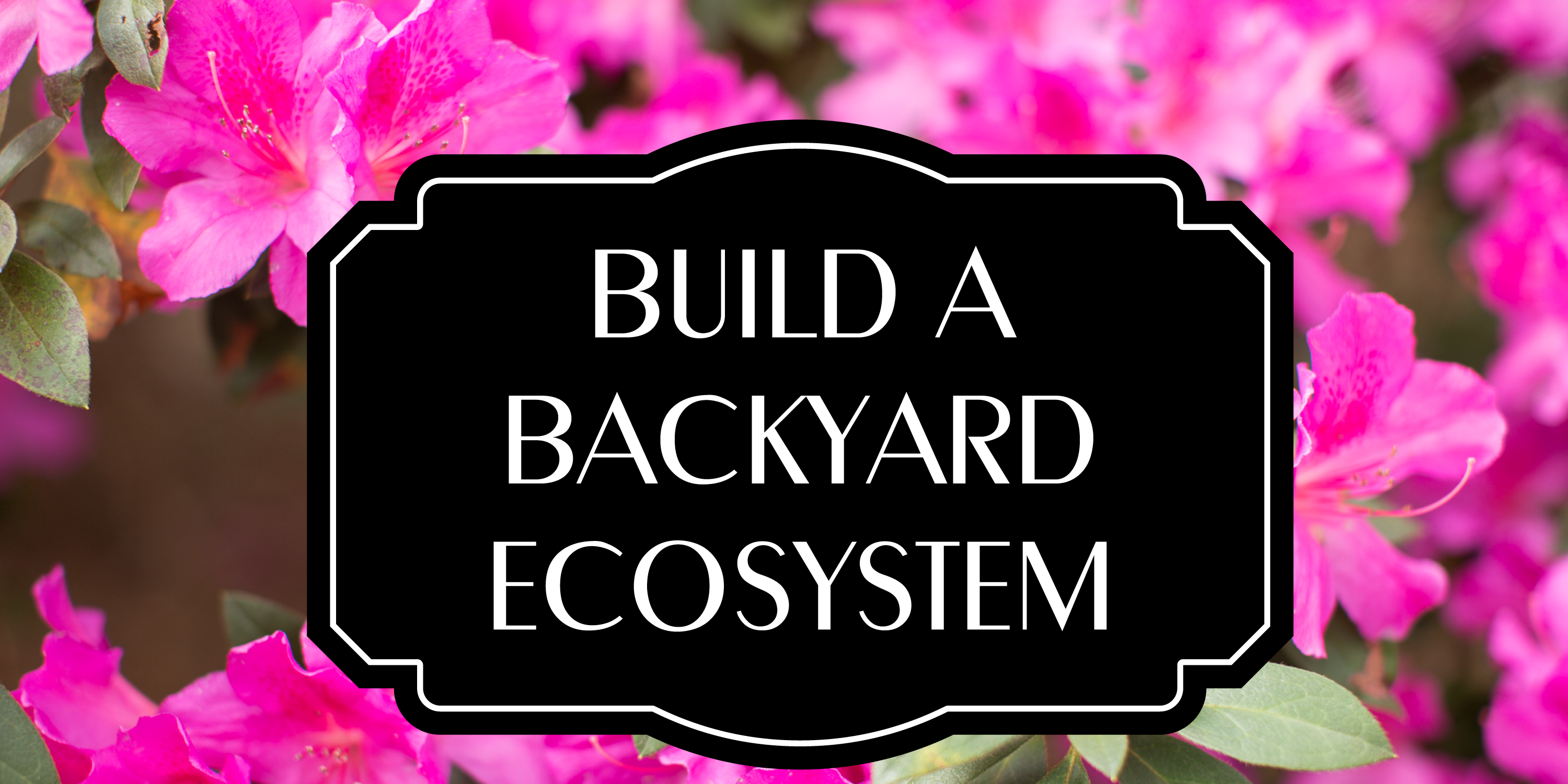Orders to stay at home can have some people longing for the outdoors and the wildlife that comes with it. Fortunately, for those with a yard there is no reason you can’t invite some native Florida wildlife into your life. You may not be able to acquire all the plants you will want right now but planning your garden can be half the fun. Here’s how you can get started turning your backyard into a haven for three of the most common suburban visitors.

BIRDS
Some of the easiest Florida animals to attract to your yard are birds. If you feed them, they will come. Florida’s warm climate makes it a home to birds that live in the area year-round as well as a seasonal home for migratory birds. Here’s what you need to get started.
Feeders: There are many different feeders that can be purchased or made, and each is tailored to different types of birds. The main types you will find are tubes, hoppers, platforms and suet feeders. The first three can be filled with whatever type of seed you want to attract a wide variety of birds. The type of seed you use will determine the type of bird that will visit. Suet feeders contain a cake that is generally a mixture of suet fat and seed. Omnivorous birds such as woodpeckers, bluebirds and cardinals are regular visitors to this type of feeder.
Bird Baths: Birds like to use shallow water sources for bathing. When setting up a feeder or birdbath, it is important to choose a location that birds will feel safe visiting. Feeders should be located close enough to trees and shrubs that birds can use them to perch or escape from aerial predators, but far enough away from them that ground predators, such as cats, cannot use them for cover. Try to place feeders and baths about 10–15 feet from trees and bushes for birds to feel safest.
Resources:
23 DIY Bird Feeders You Can Make at Home

BUTTERFLIES
Butterflies take a little more effort to attract to your garden than birds, however once you create a butterfly garden it requires relatively little upkeep. There are two types of plants that you will need to create a haven for butterflies: nectar plants and larval host plants. Butterflies also use plants as shelter from weather so the more you have the better. Sometimes a plant can serve more than one of these functions. No matter the plants you choose, it is important to avoid pesticide use to keep butterflies healthy. Let’s look at each plant type.
Nectar Plants: These are the plants that adult butterflies use as a food source. A butterfly can use more than one type of plant as a nectar source, but not all butterflies like the same thing. If you want specific butterfly types in your yard, make sure you do a little research before planting.
Larval Host Plants: These are the plants where butterflies will lay their eggs and that caterpillars will feed on once they hatch. Butterflies can be picky about which plants they will use as host plants so make sure you pick the ones they want.
Resources:
Planning Your Butterfly Garden

BEES
Bees are sometimes regarded as pests due to their ability to sting, however bees are generally peaceful when undisturbed. It is also important to remember that bees serve an important purpose in the ecosystem through their ability to pollinate plants. You don’t have to become a beekeeper to support your local bee colonies, just keep lots of flowering plants in your yard. Also, steer clear of pesticides if you want to keep your bee visitors healthy. Here are a few things to keep in mind when choosing plants for bees:
Choose Single Flowers: Flowers with less petals produce more pollen so steer away from double flowers.
Choose Plants with Flat or Shallow Blossoms: It is easier for bees to gather pollen if they don’t have to work as hard to find it.
Keep Color in Mind: Bees don’t see the same colors that we do. They will be most attracted to colors they can see including blue, purple, and yellow.
Resources:
Florida Friendly Plants for Pollinators

